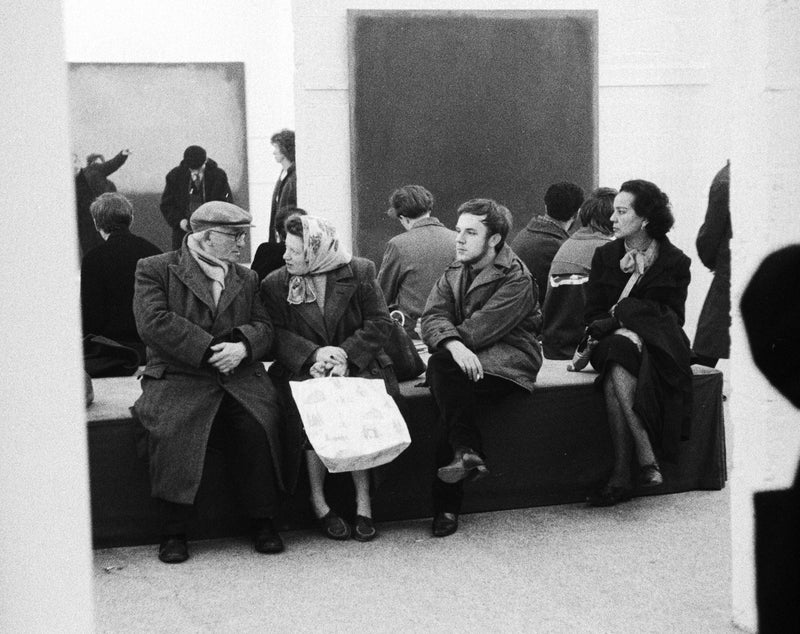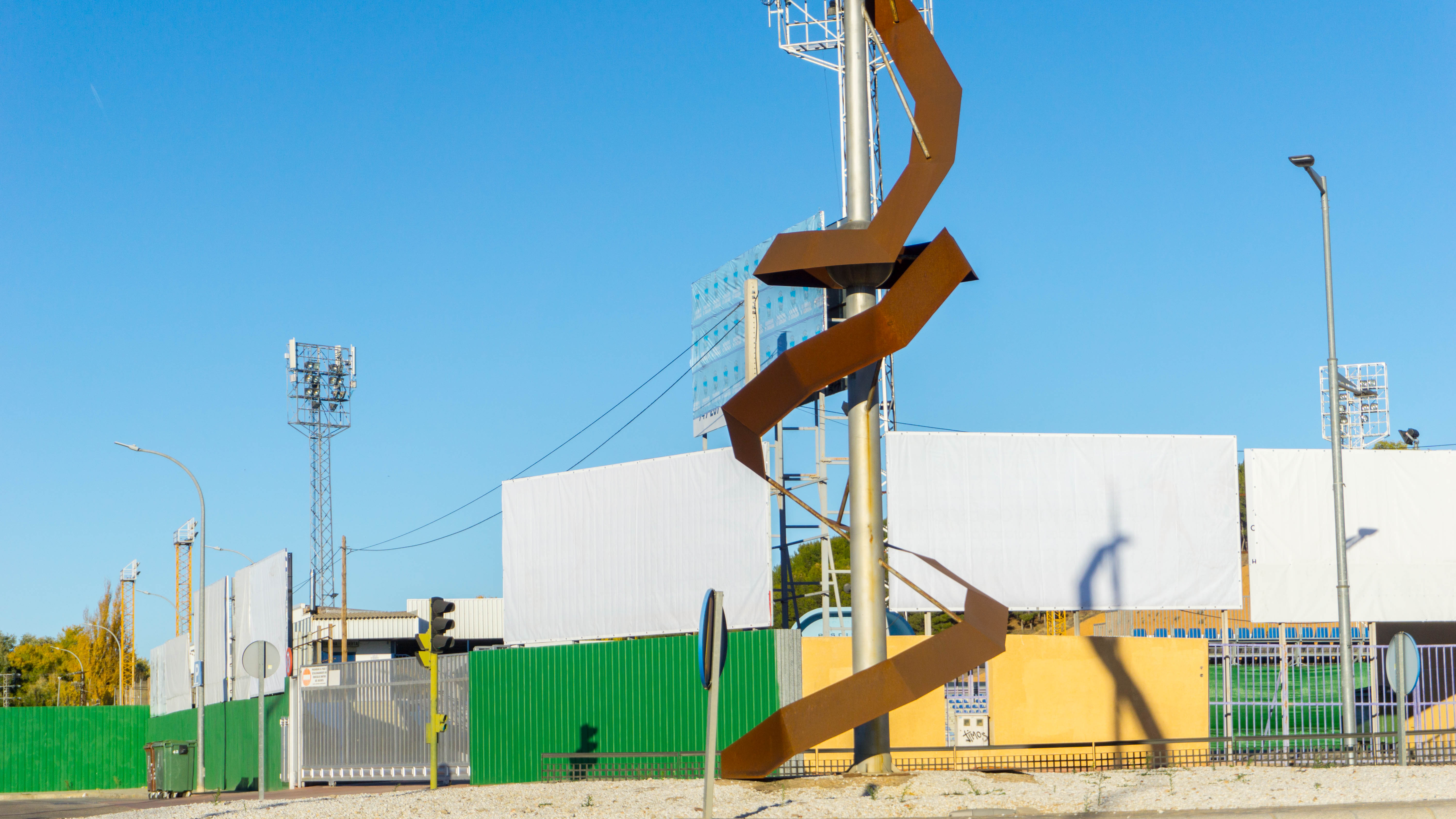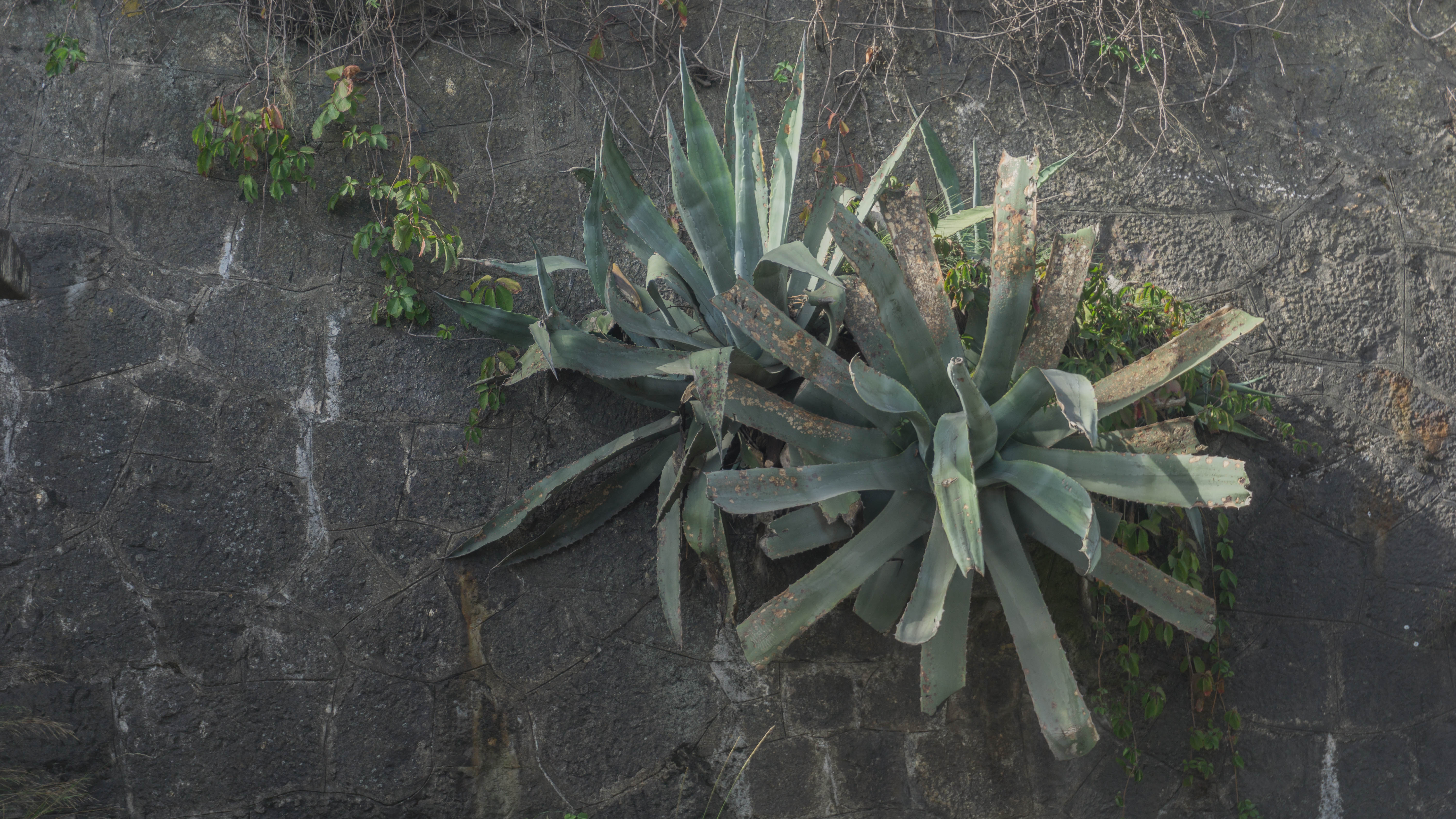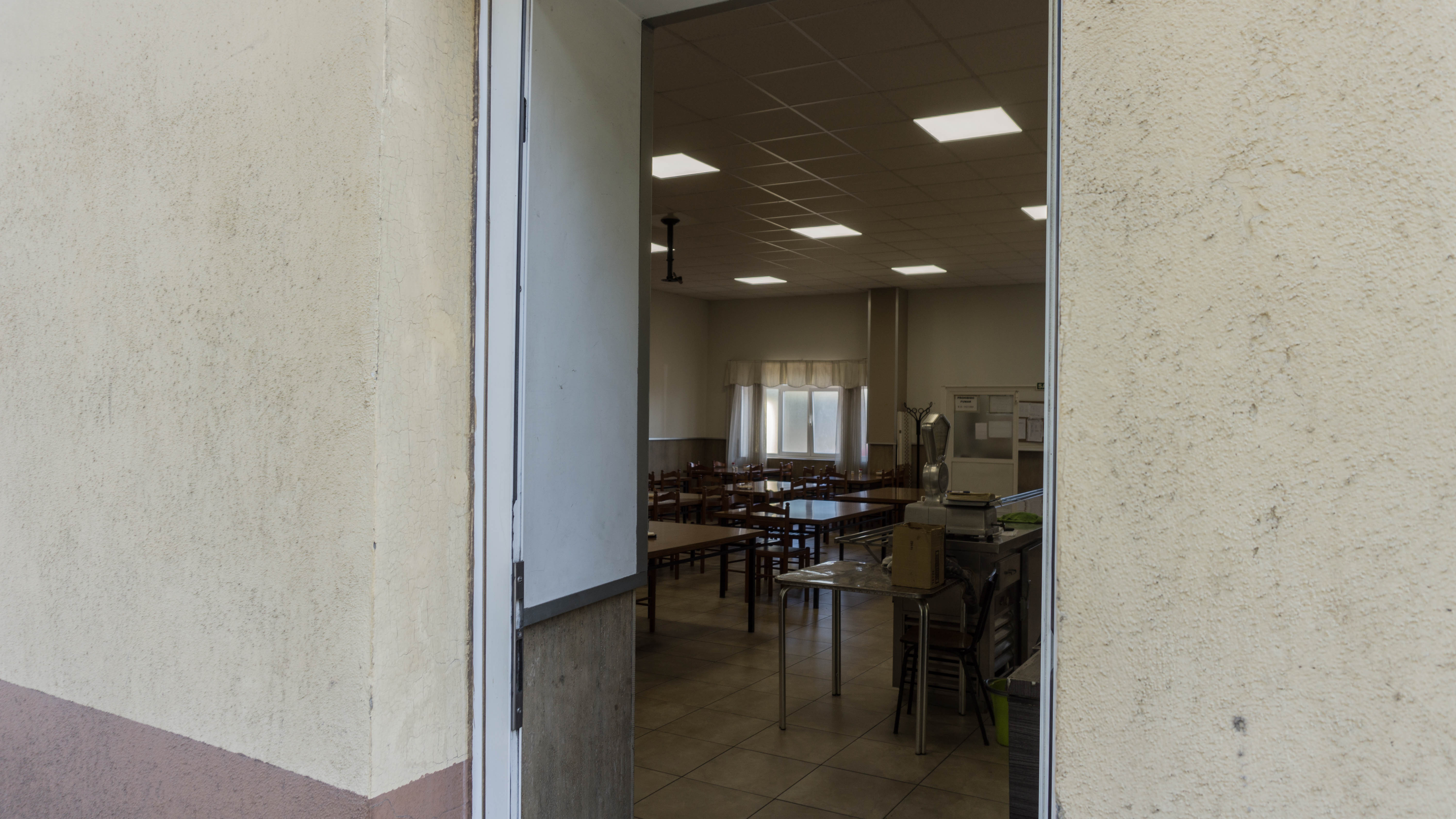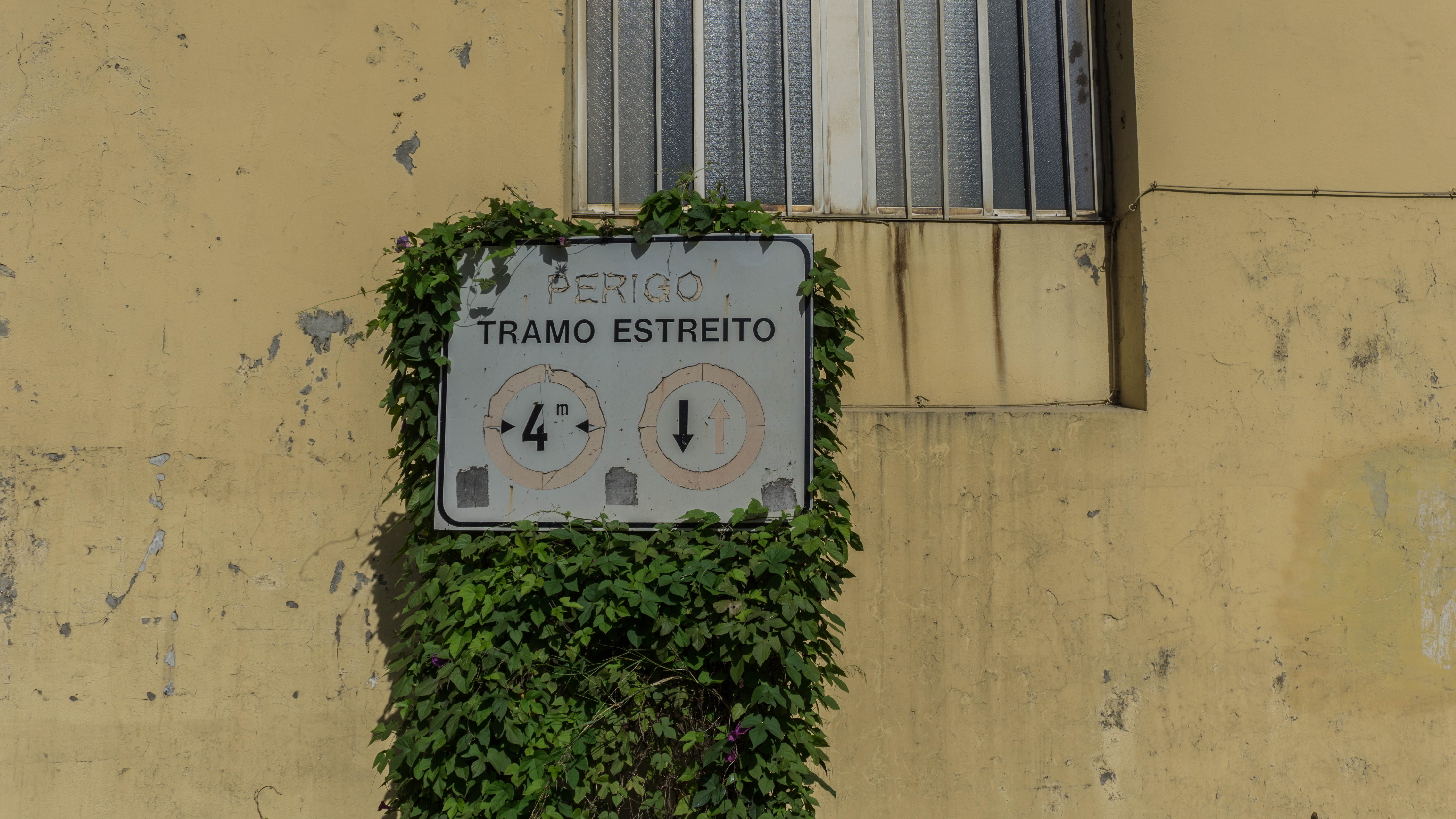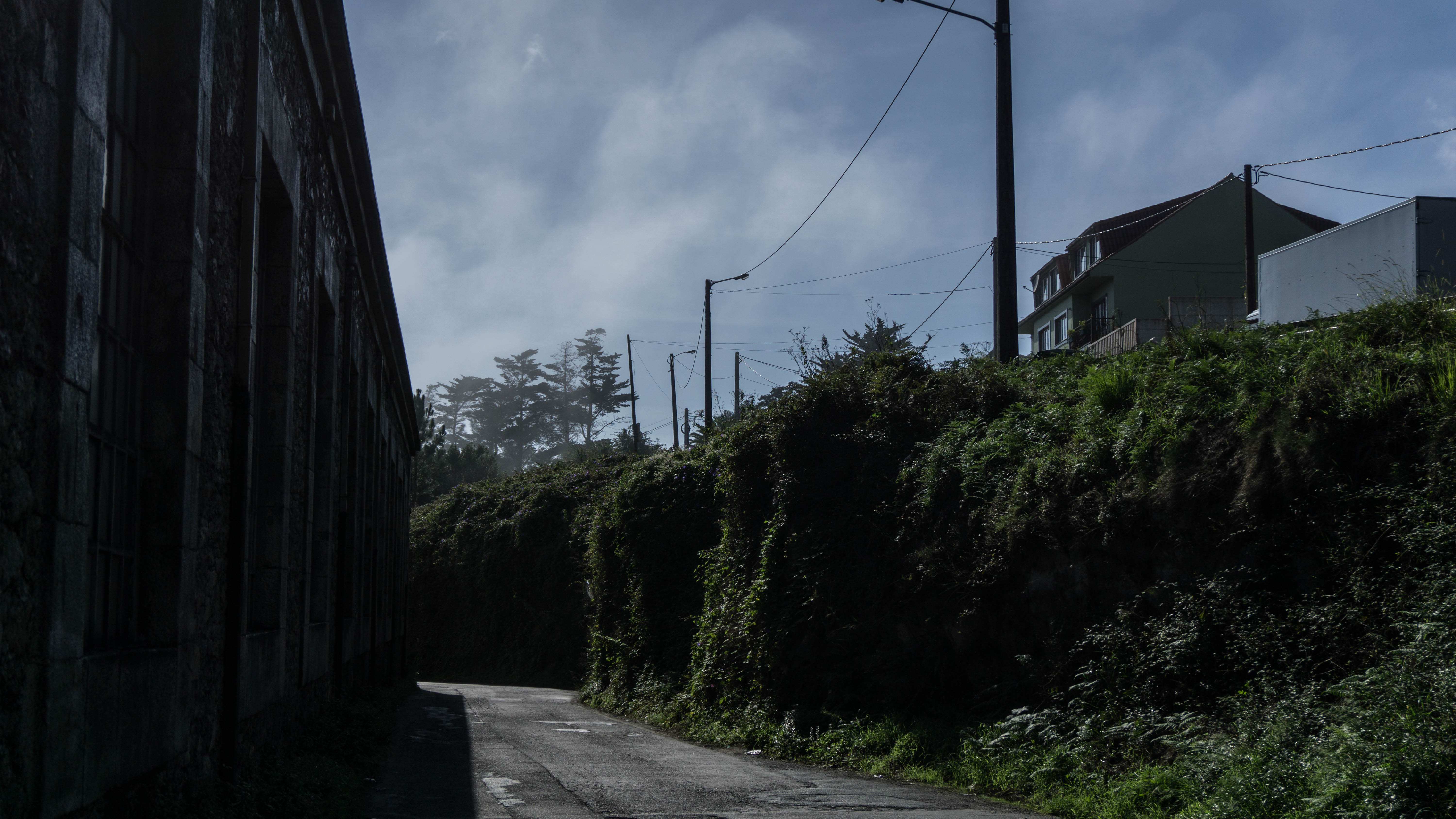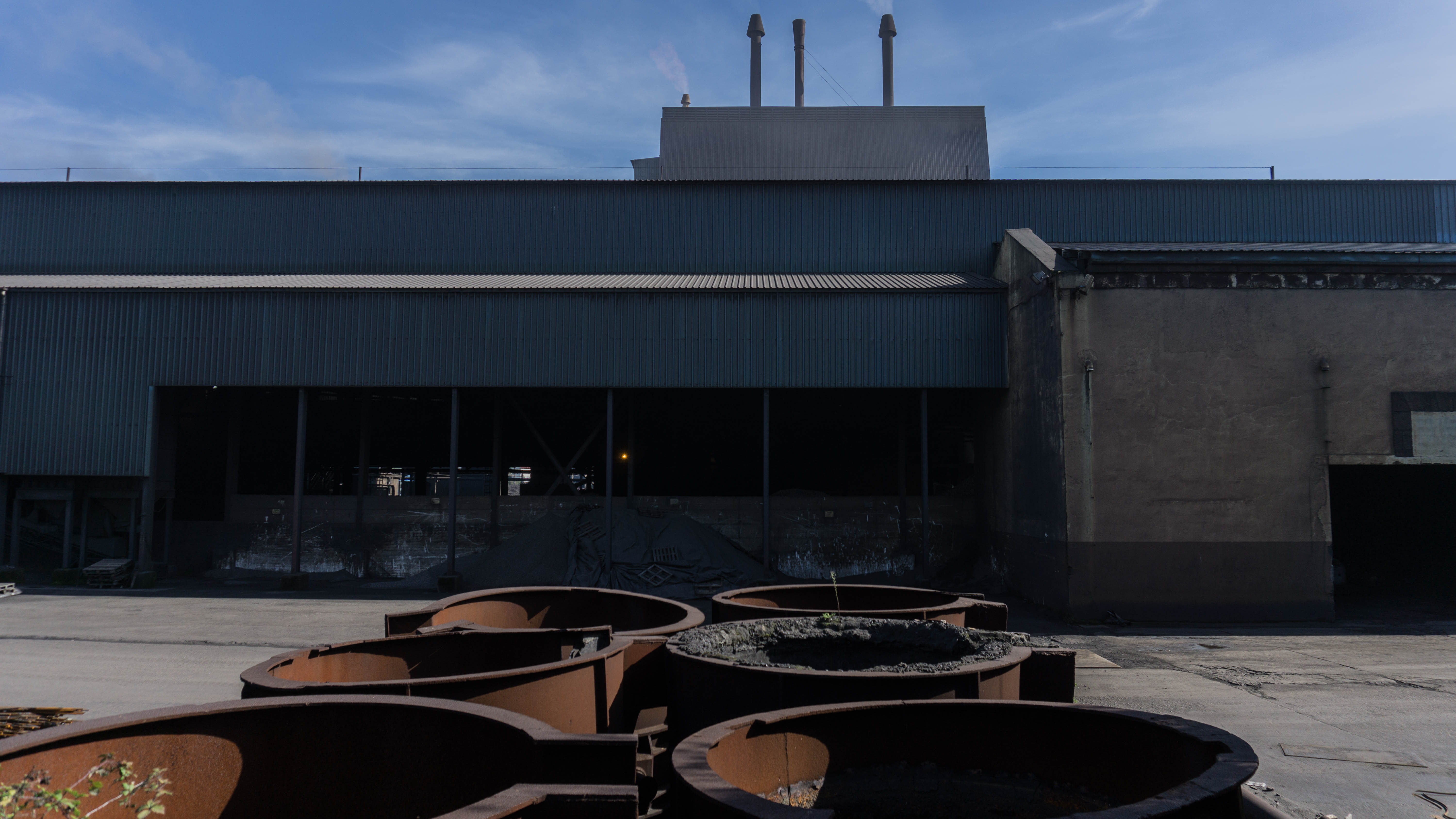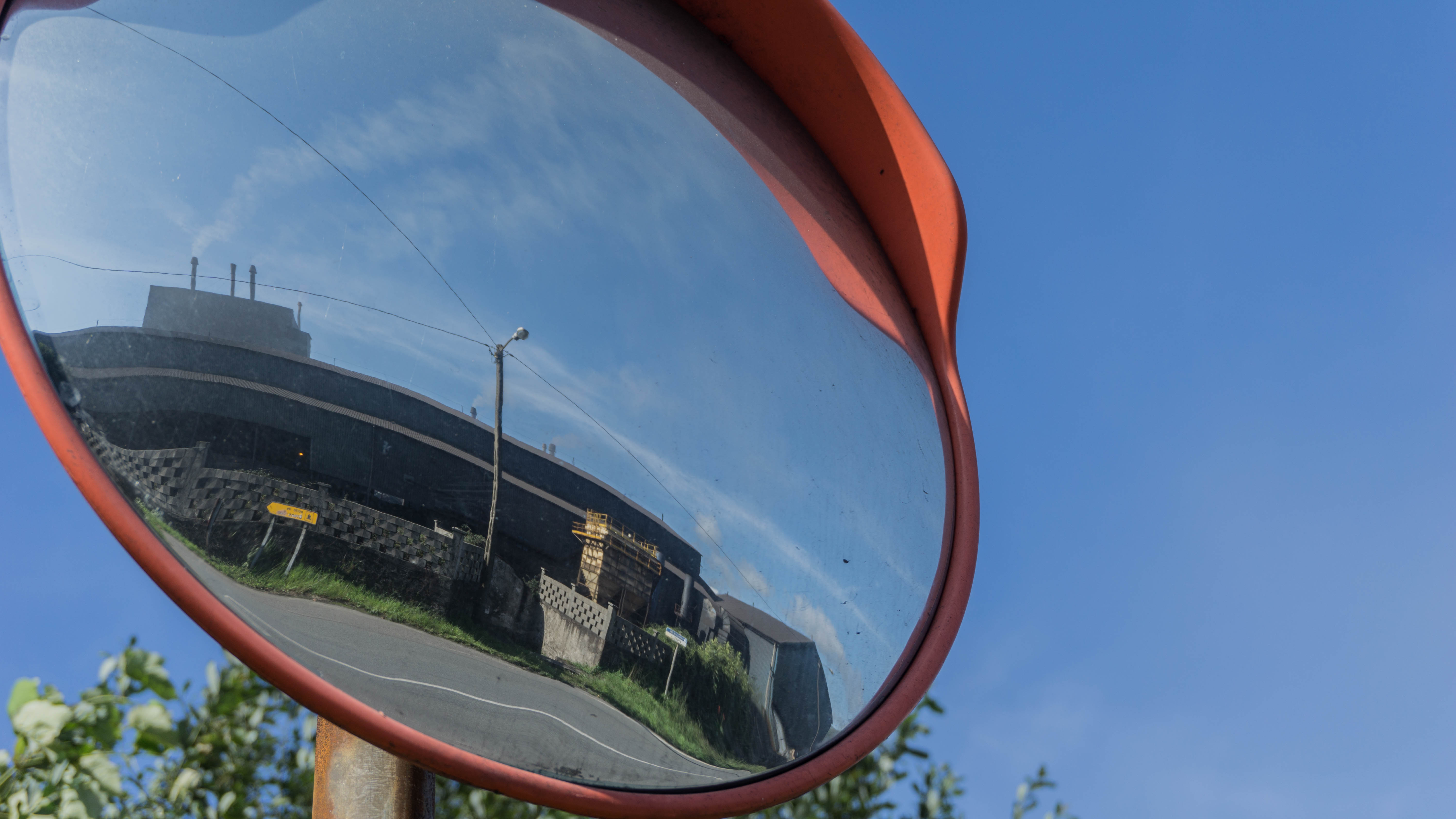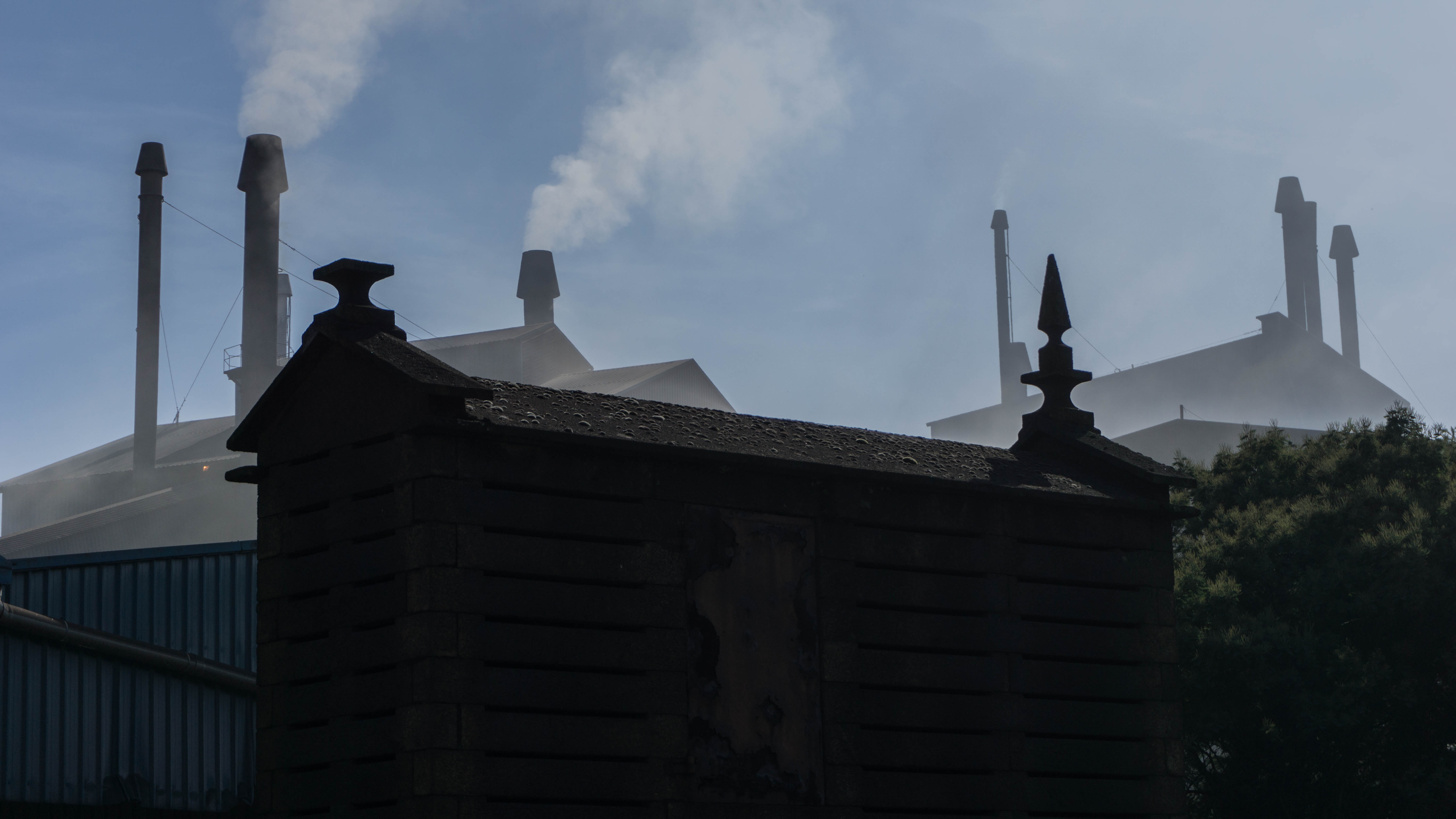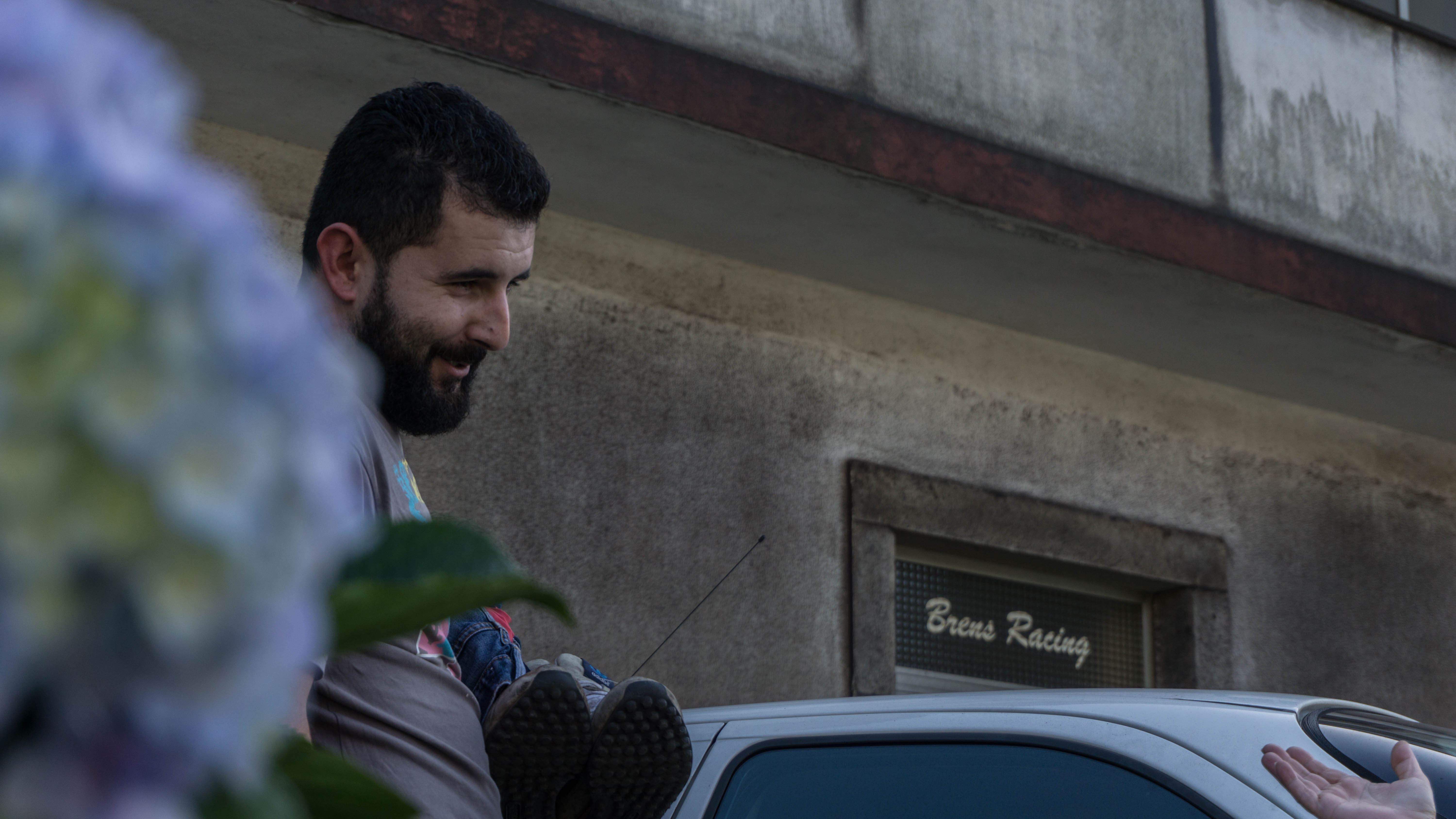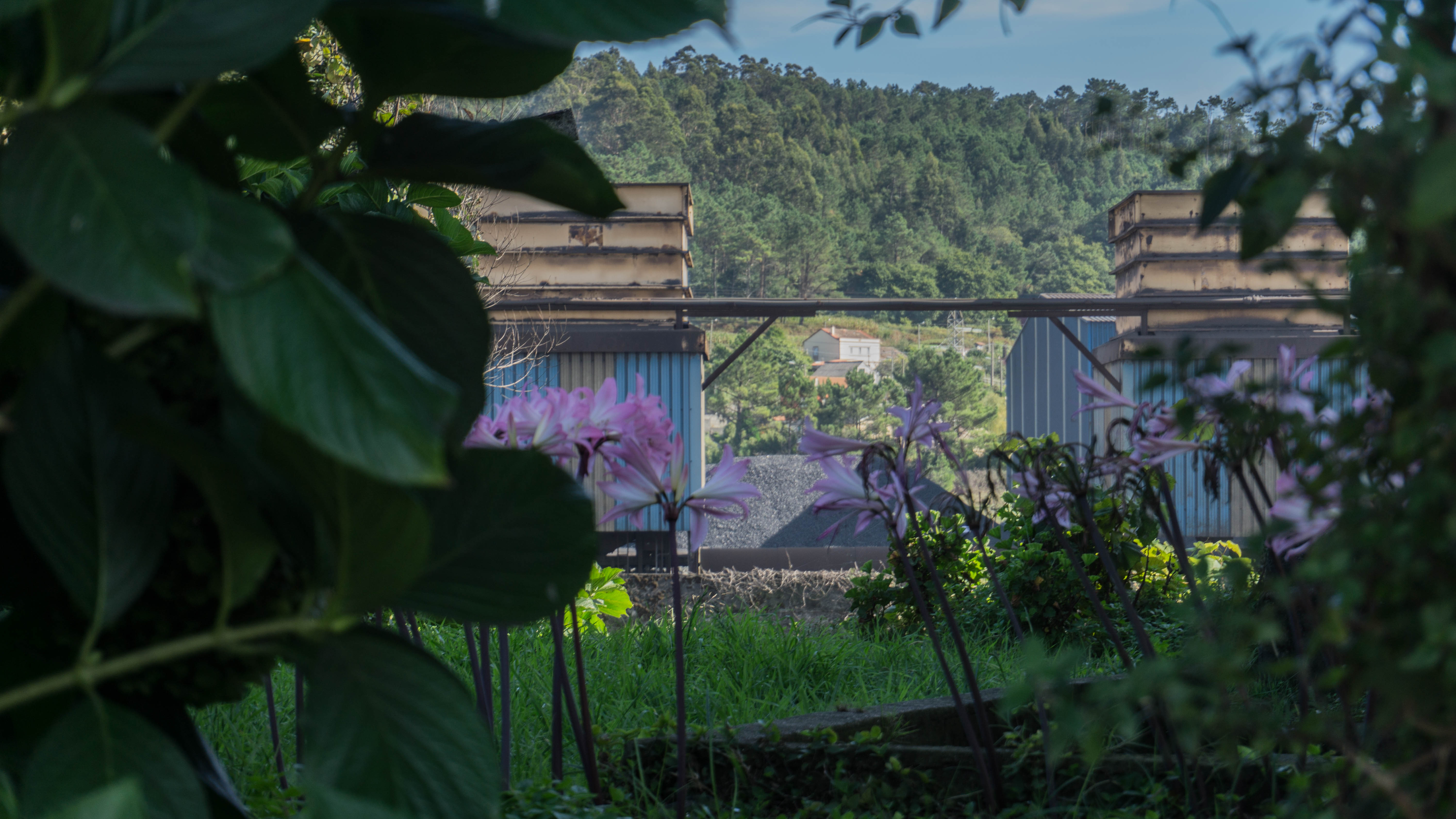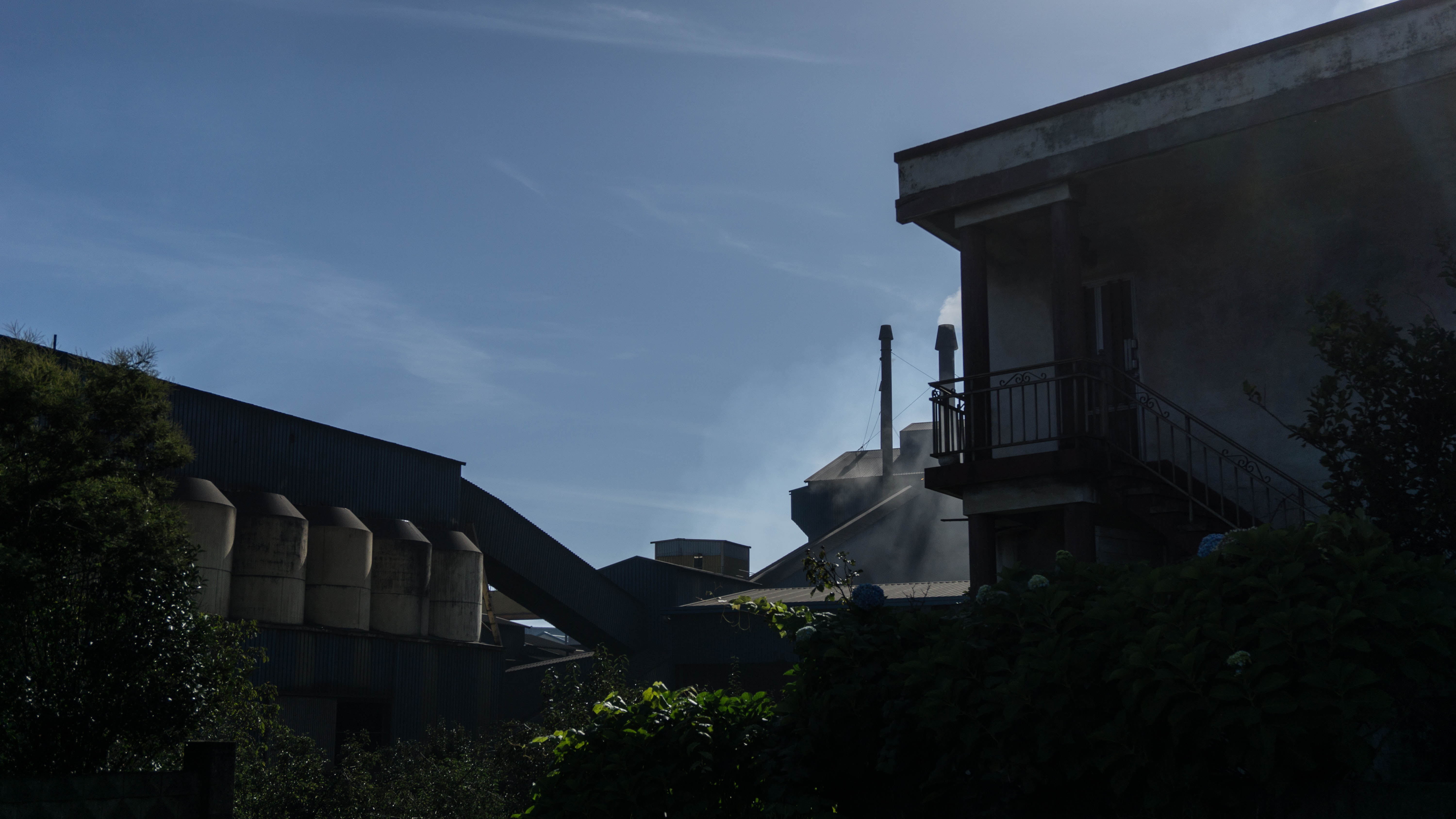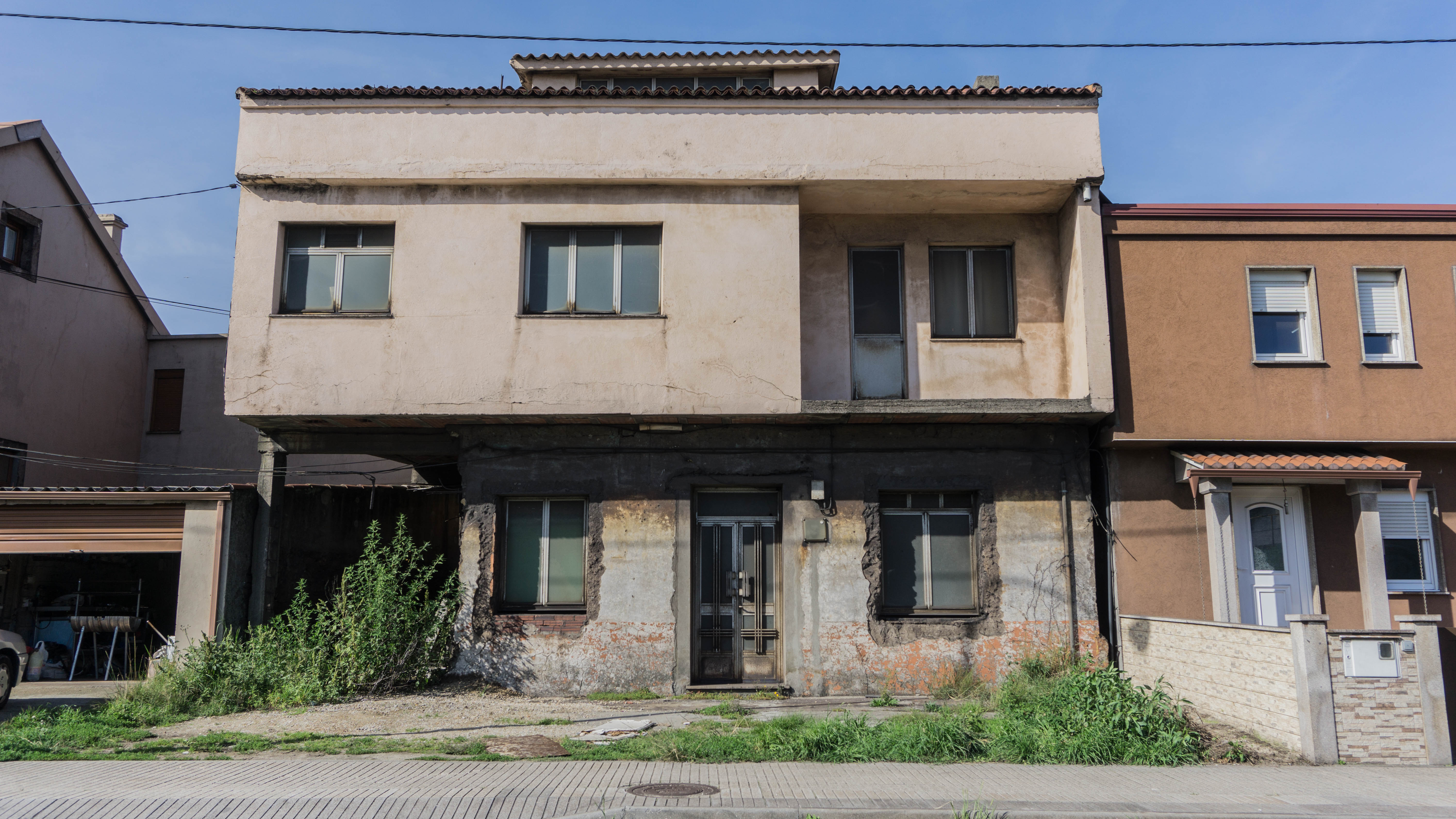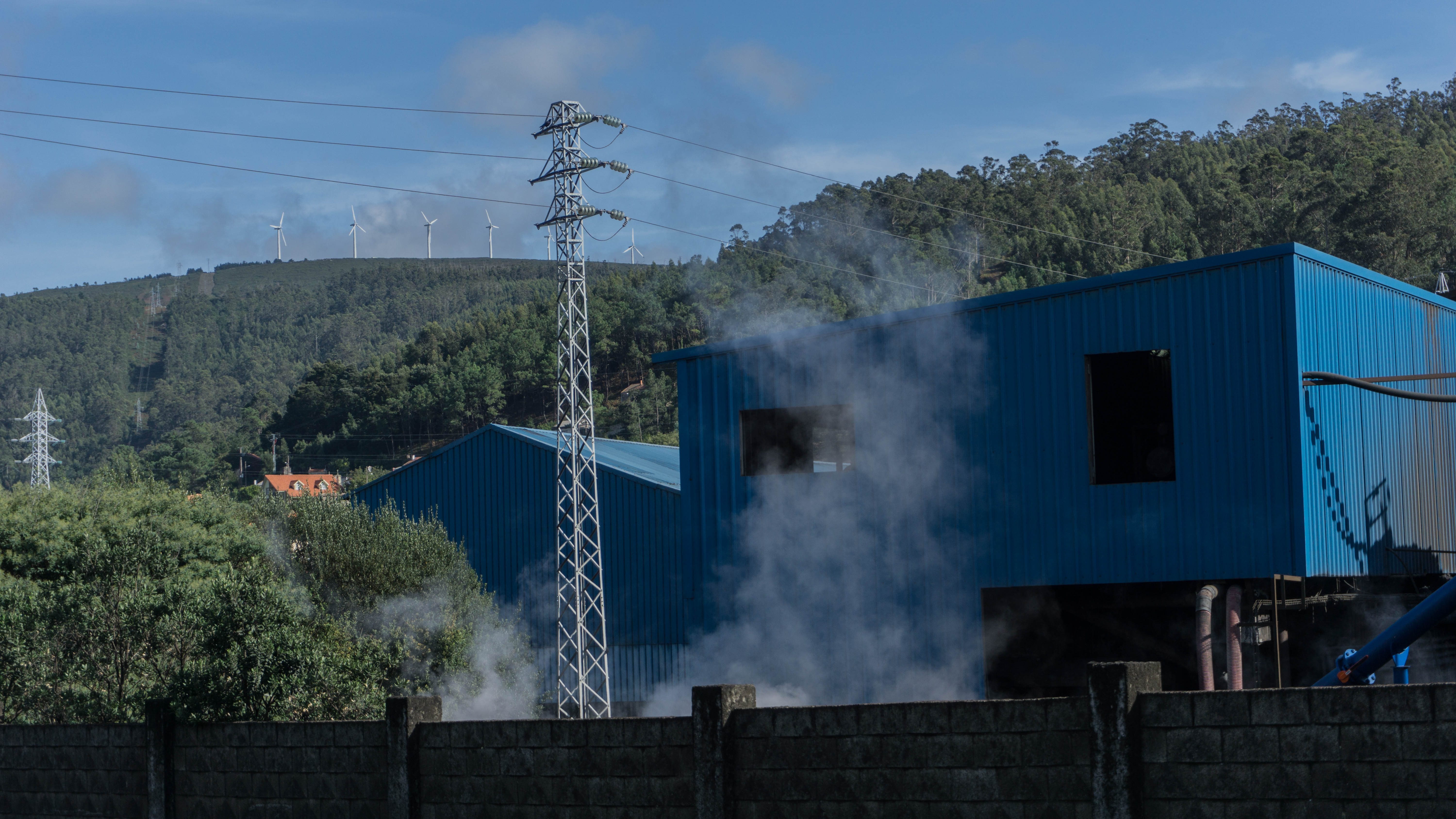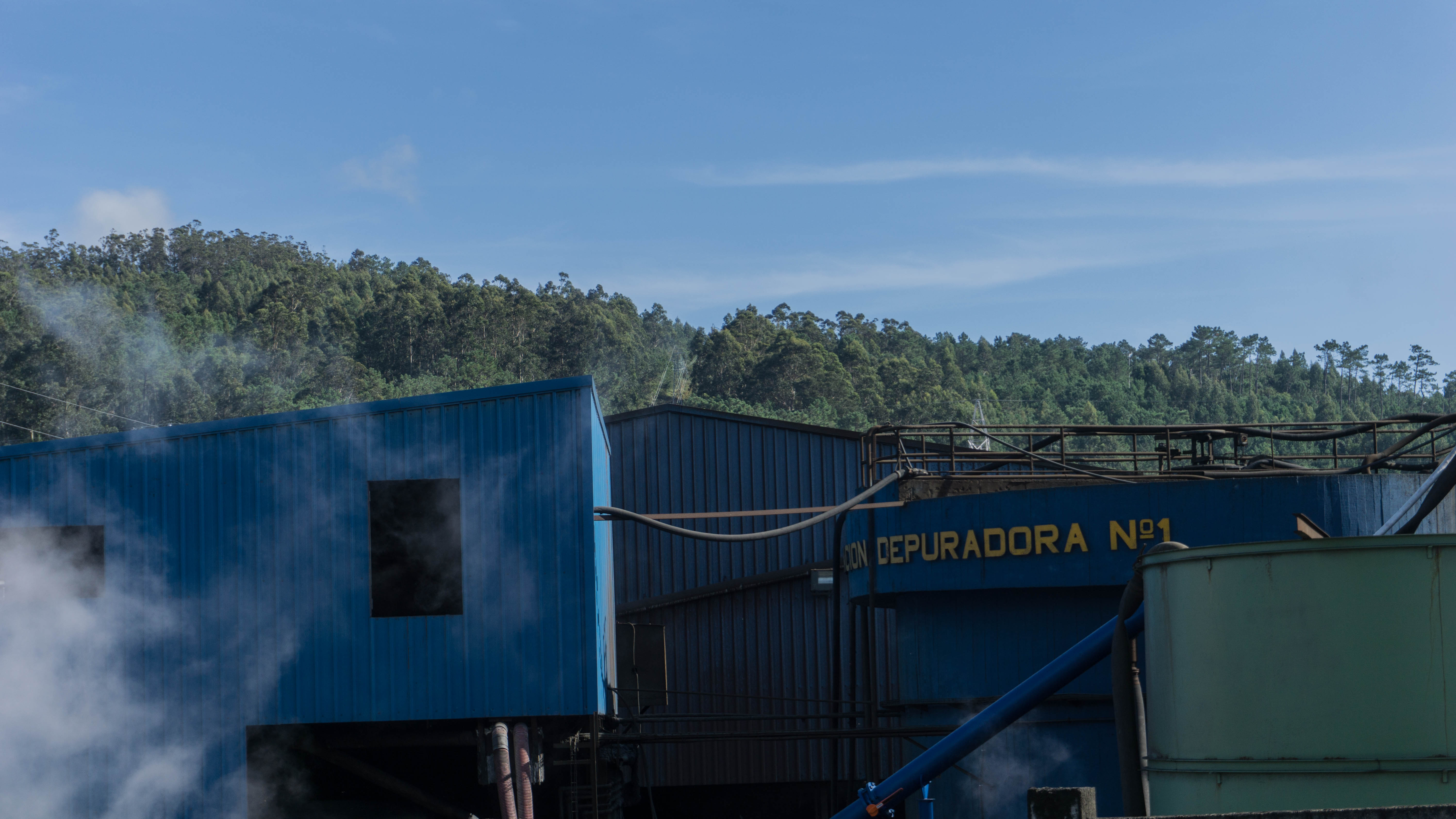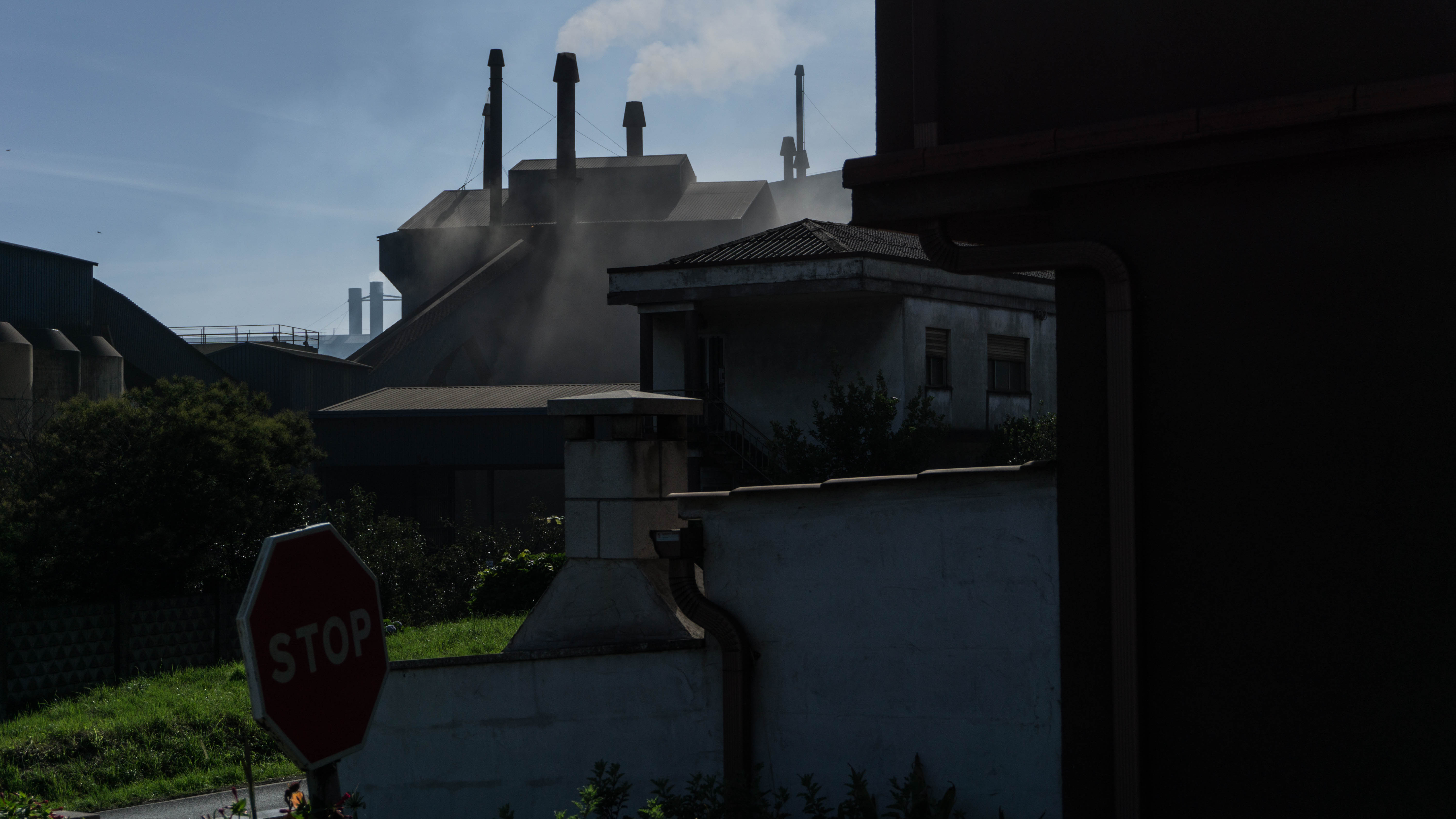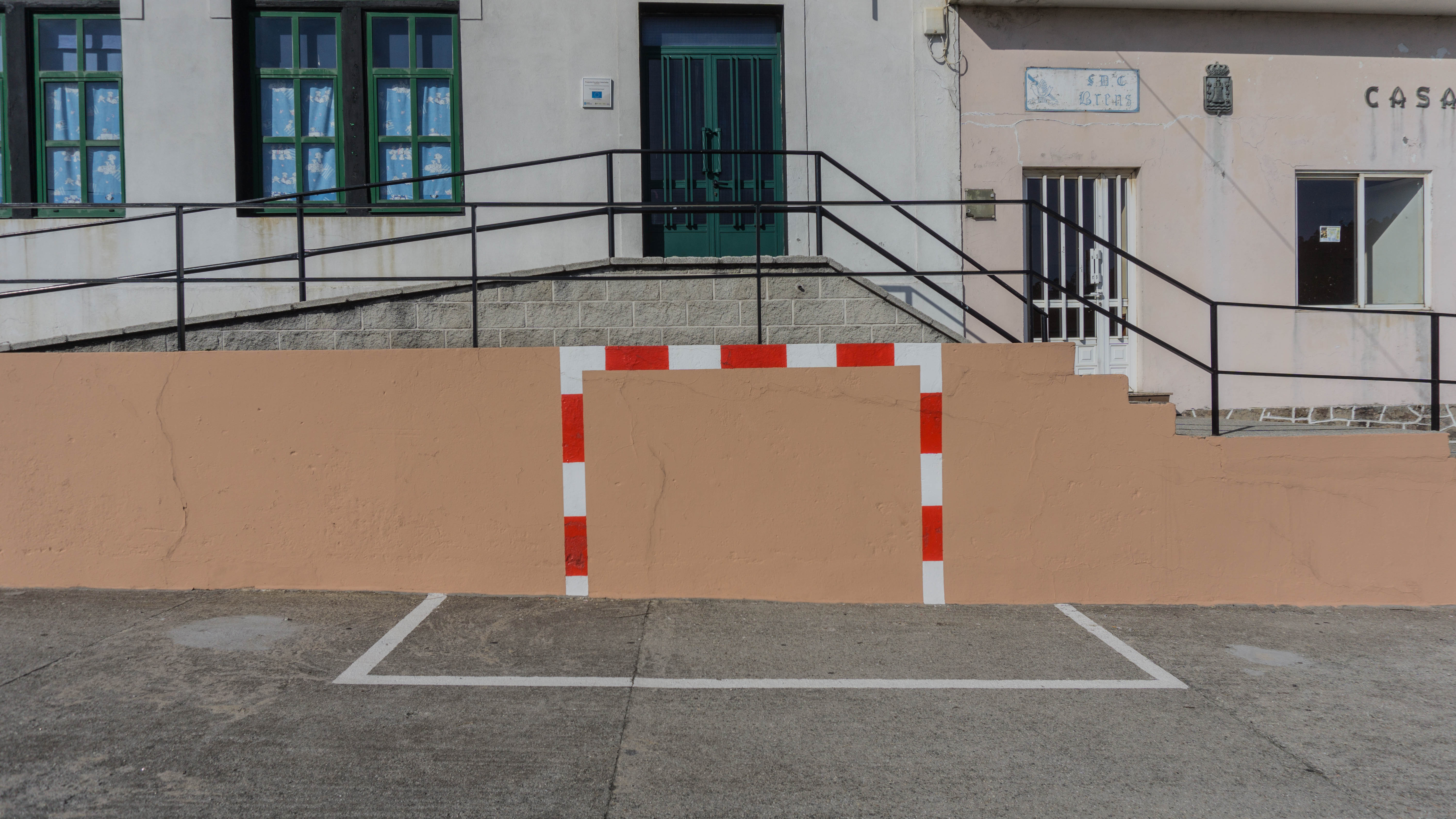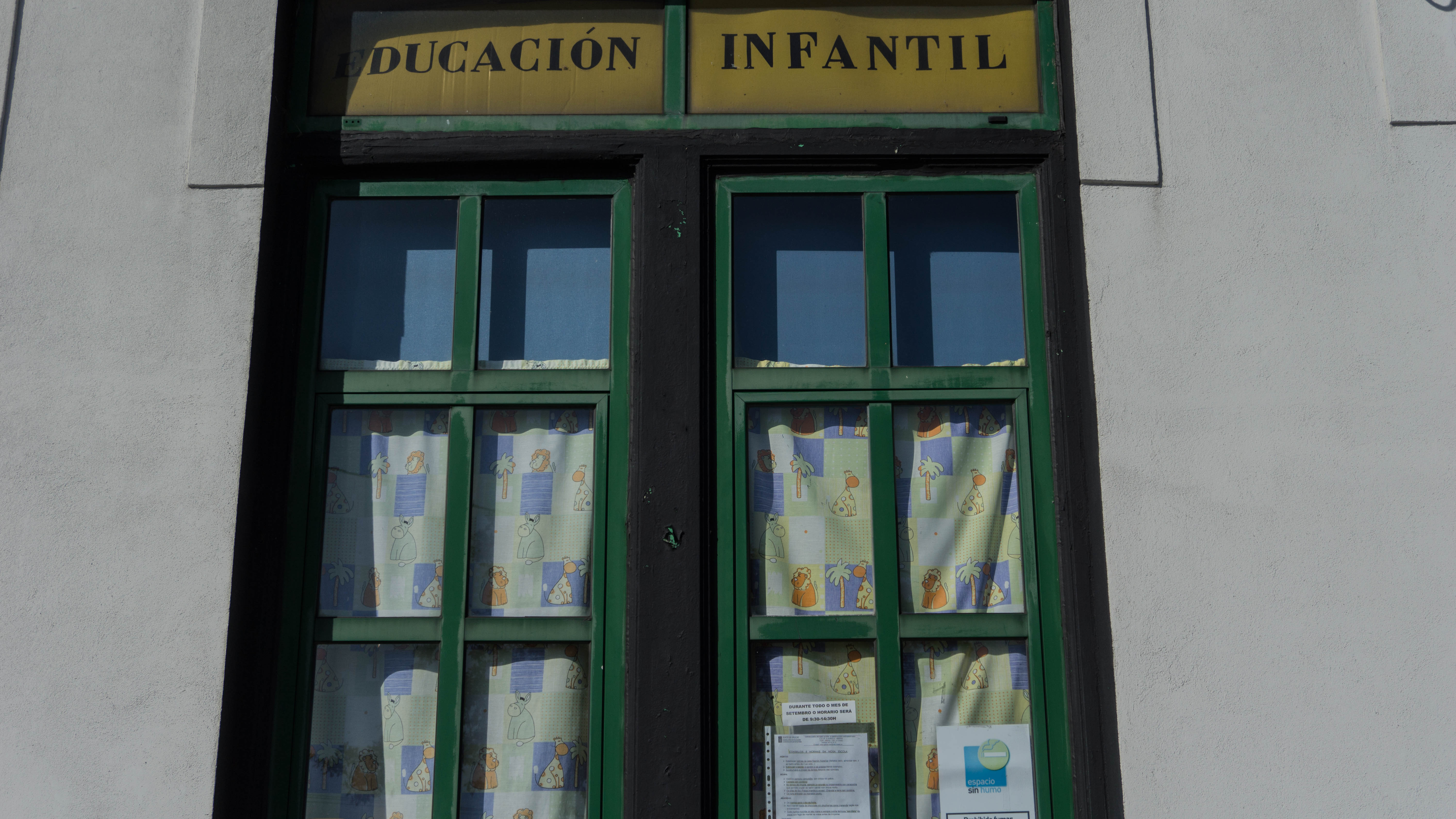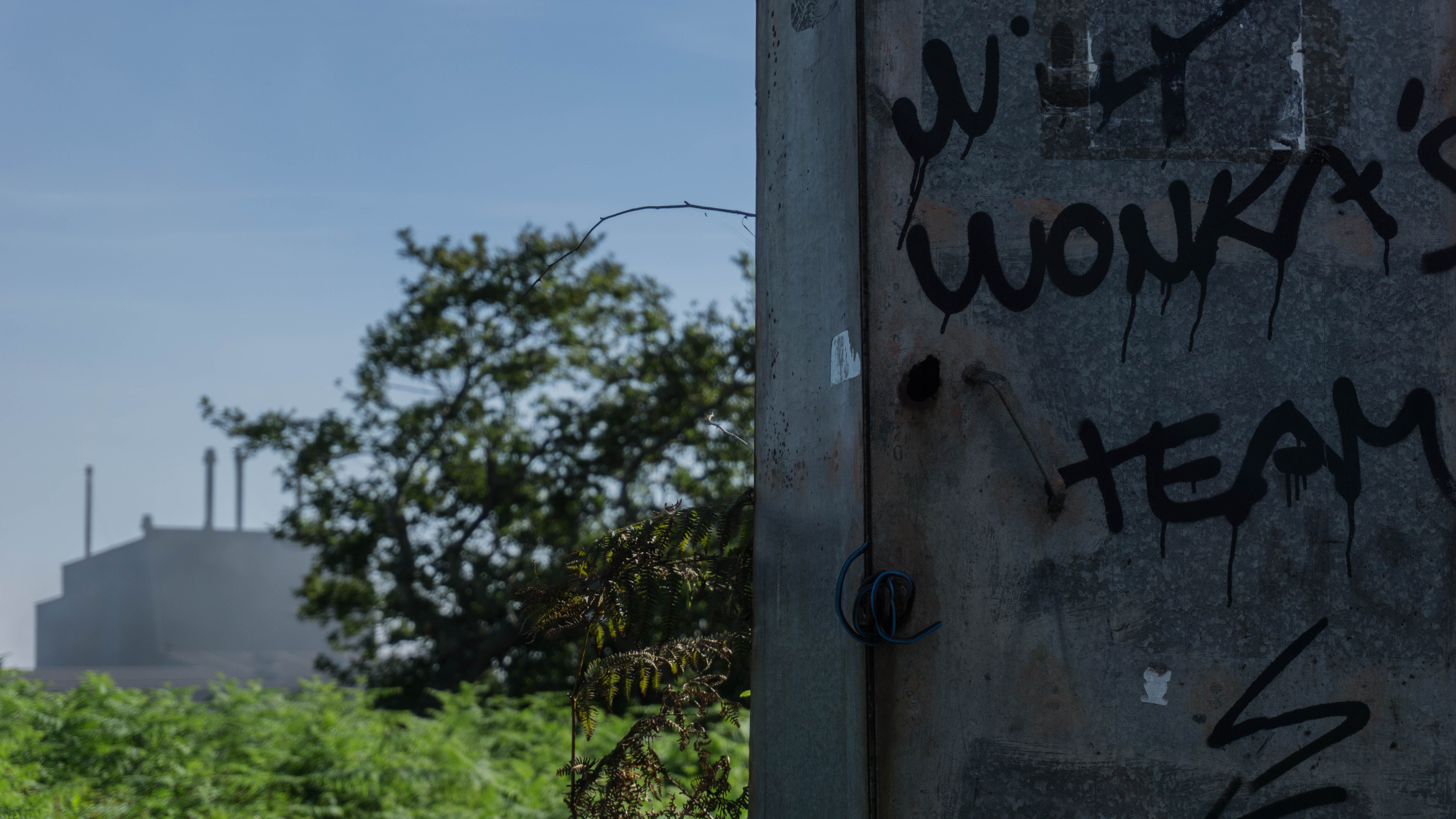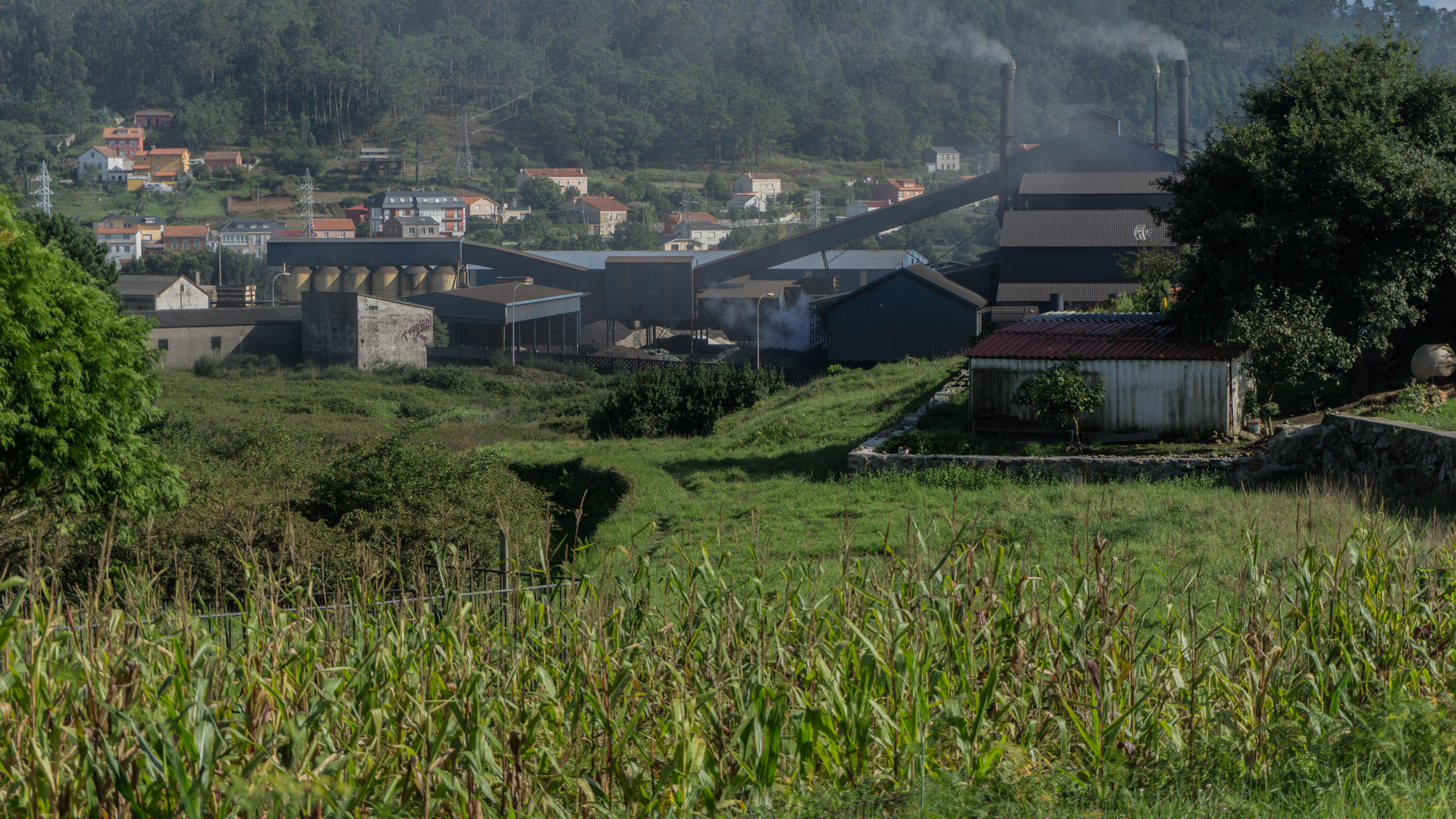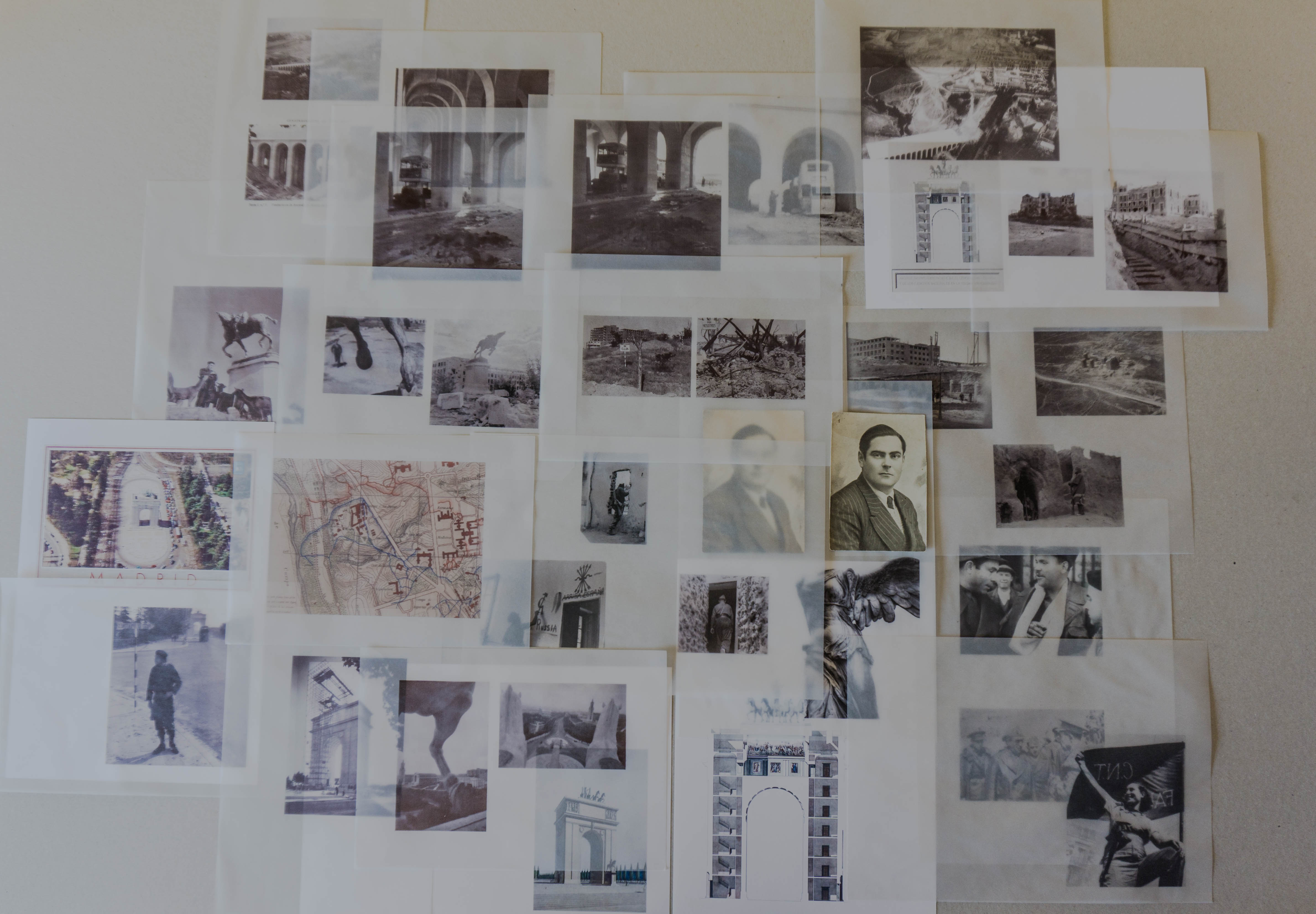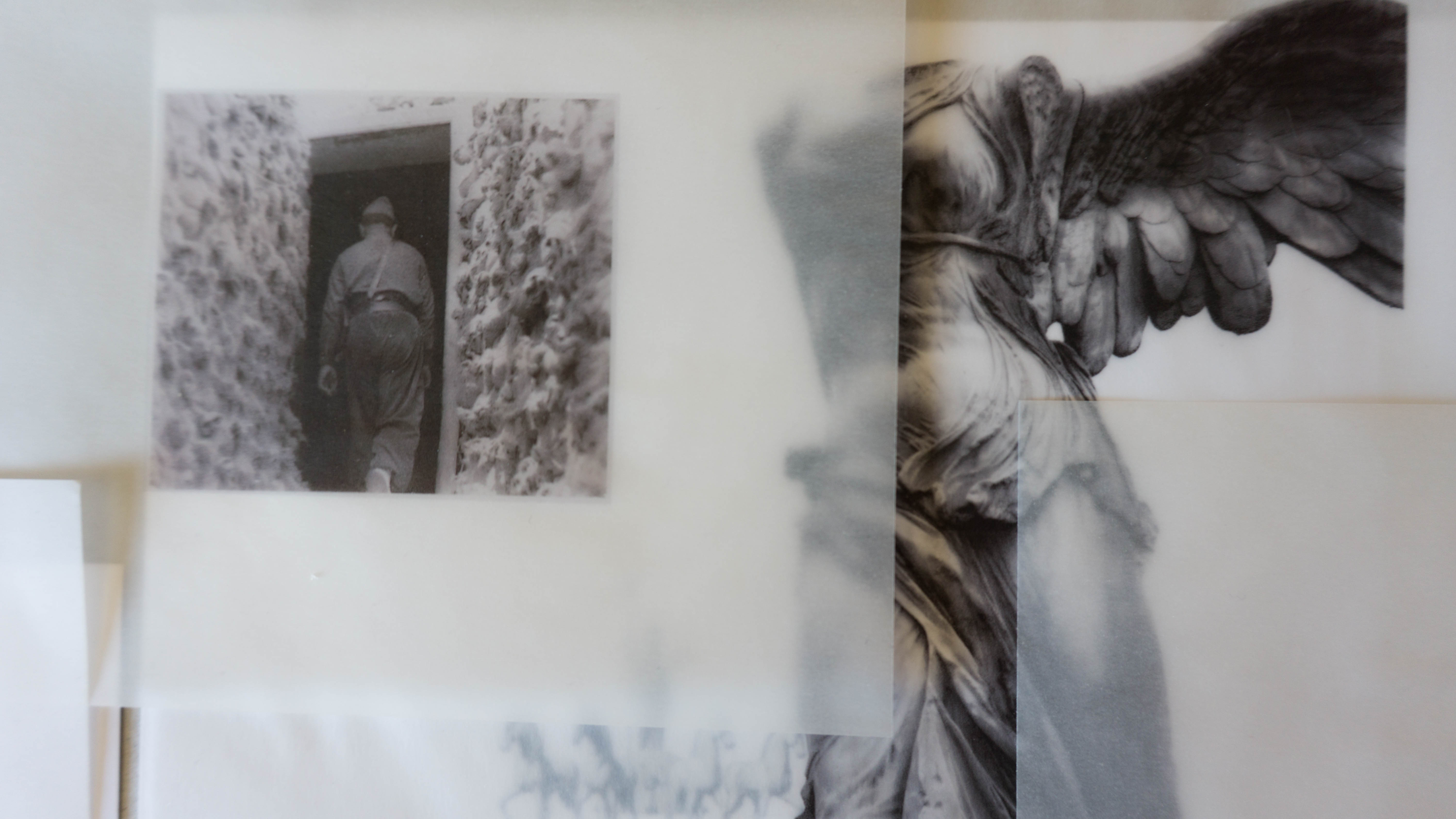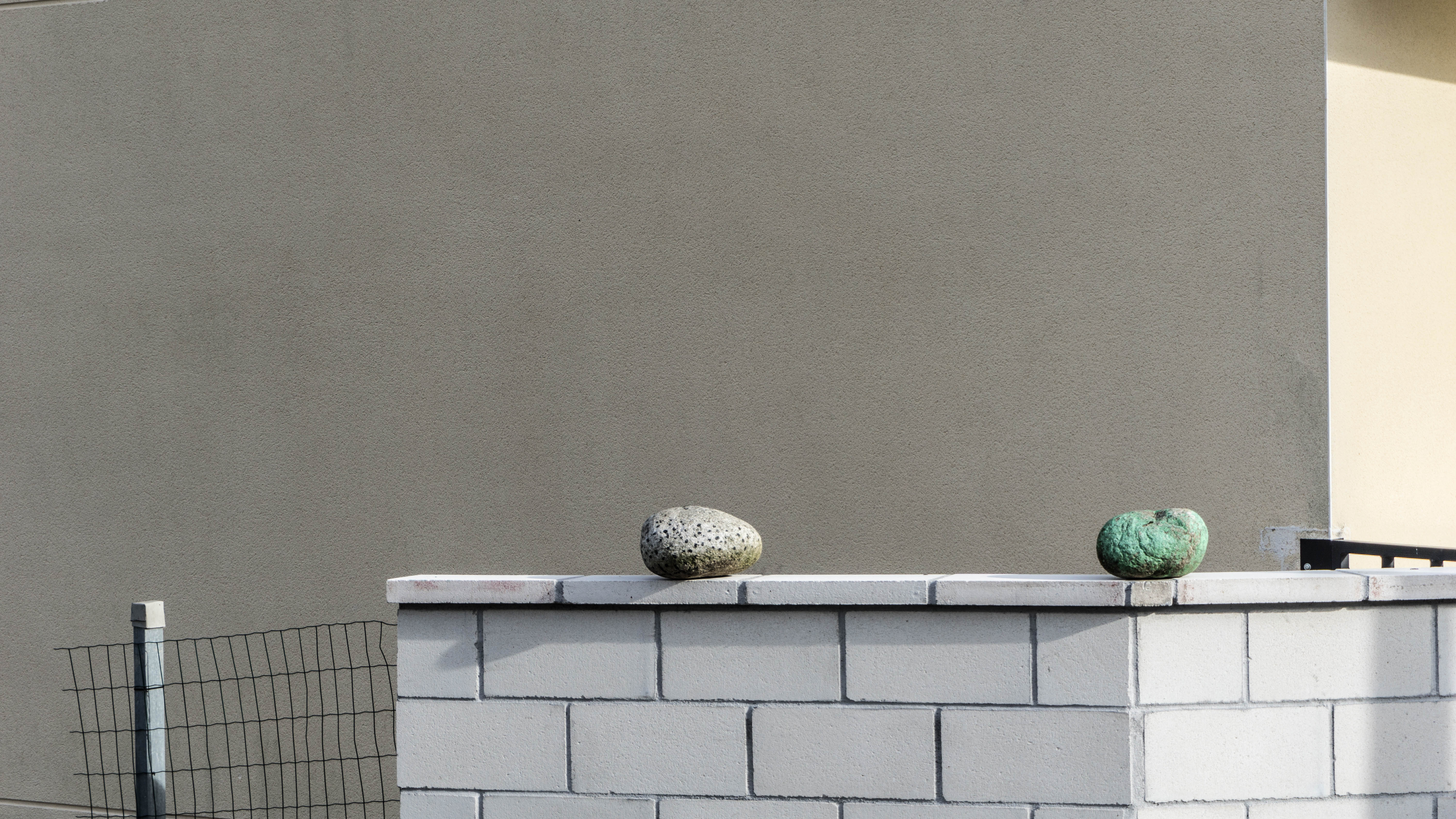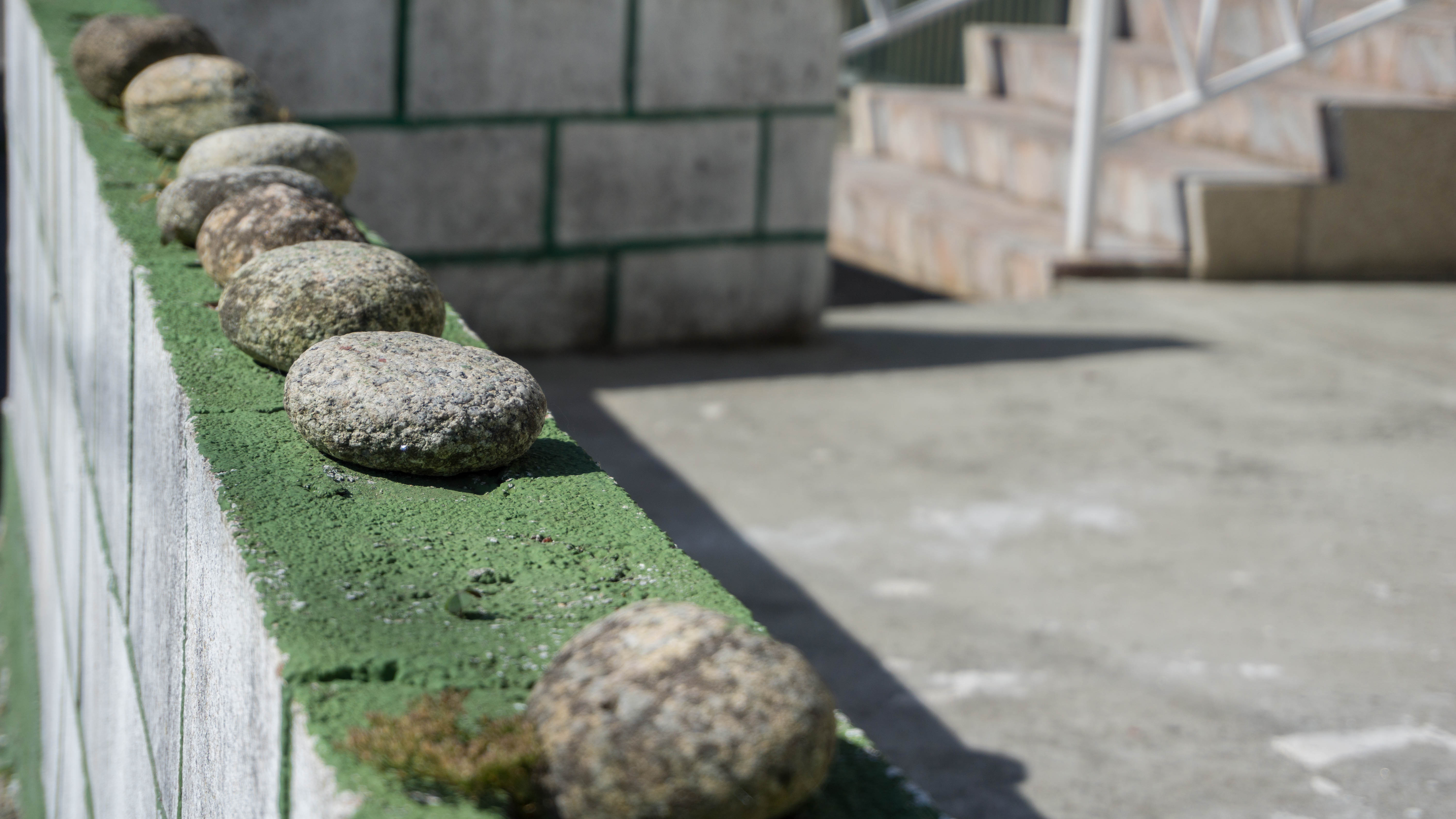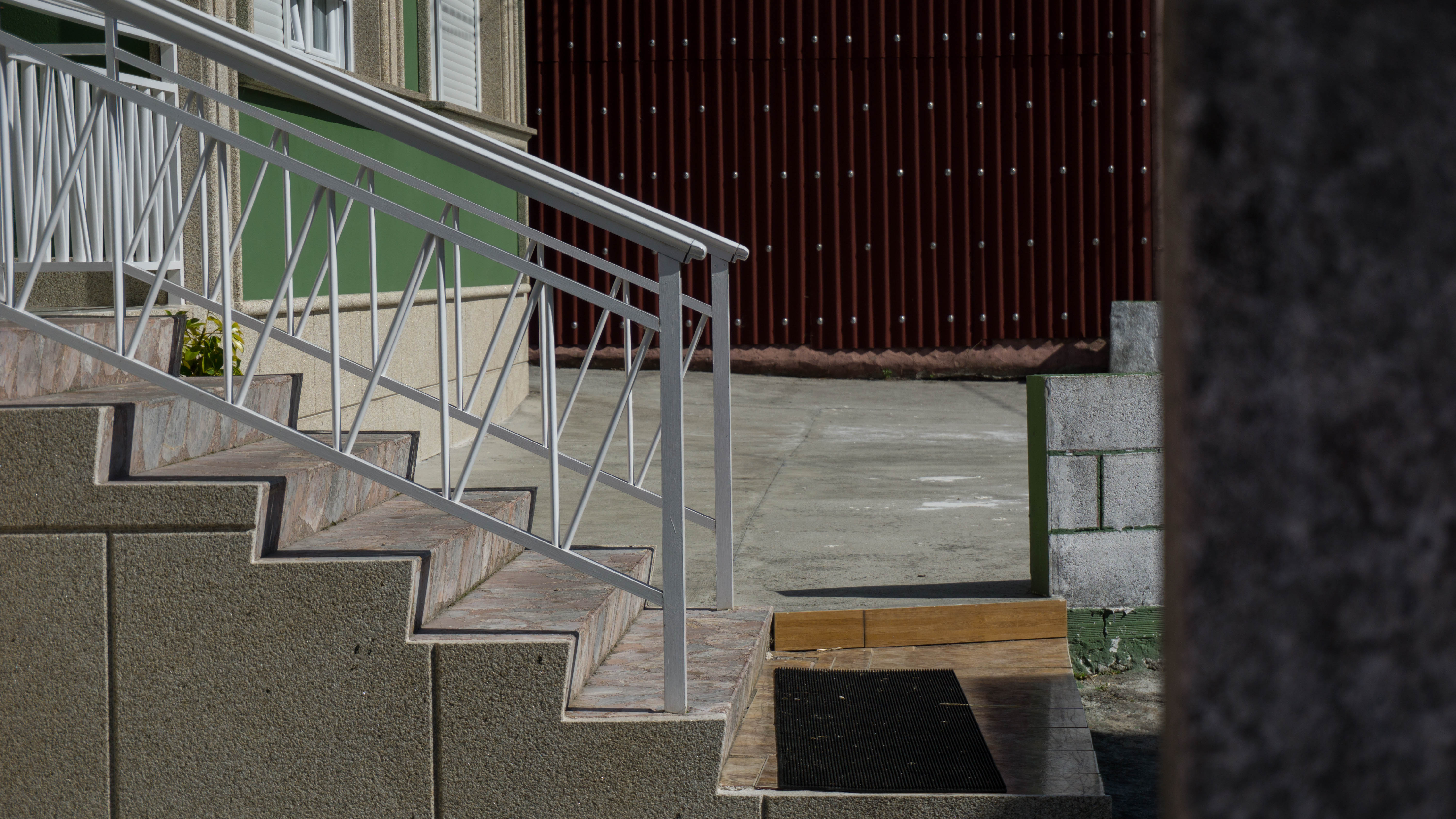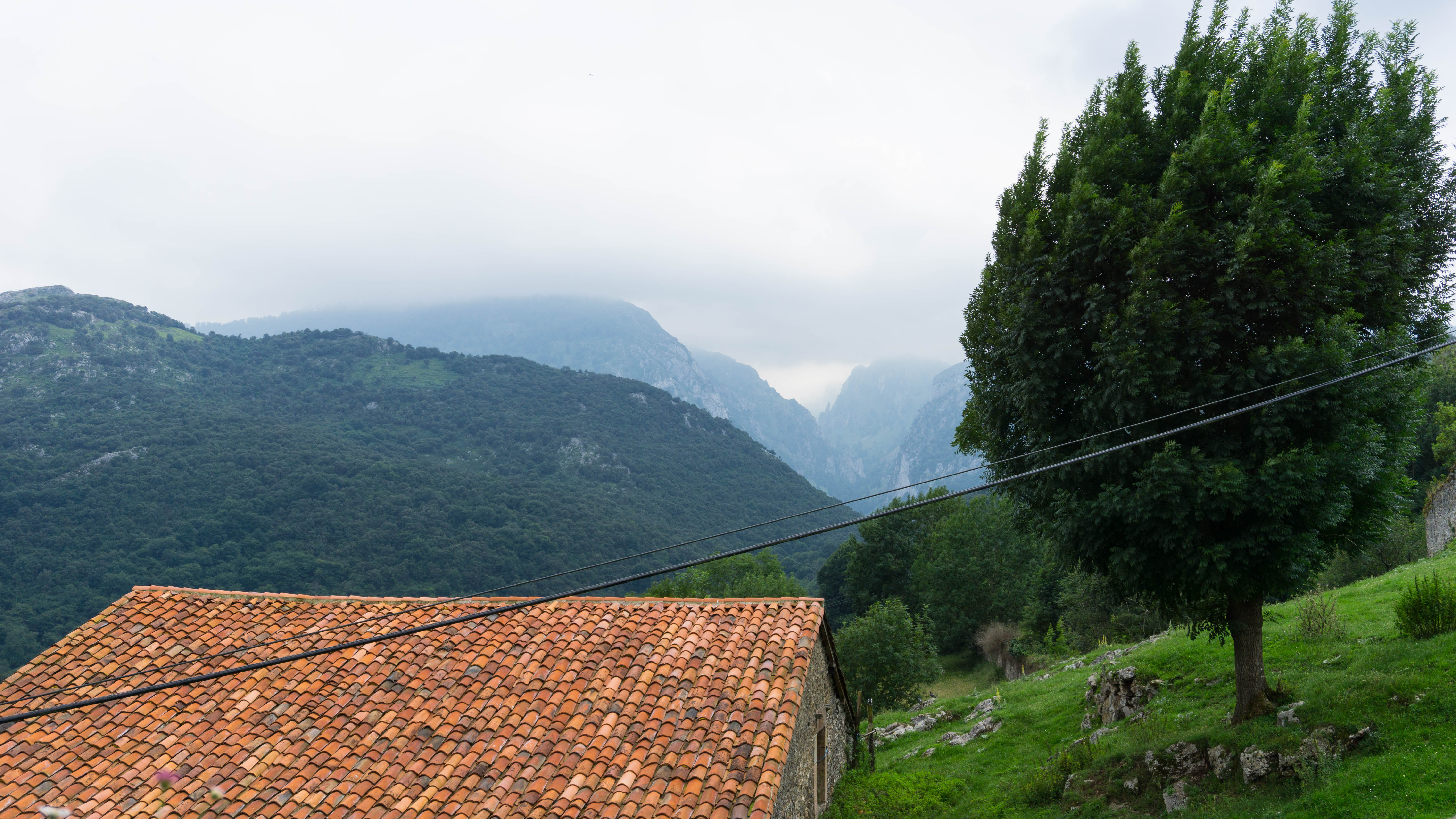
“When you travel a lot, and when you love to just wander around and get lost, you can end up in the strangest spots. . . . I don’t know, it must be some sort of built-in radar that often directs me to places that are strangely quiet, or quietly strange.”
Wim Wenders, Places, strange and quiet.
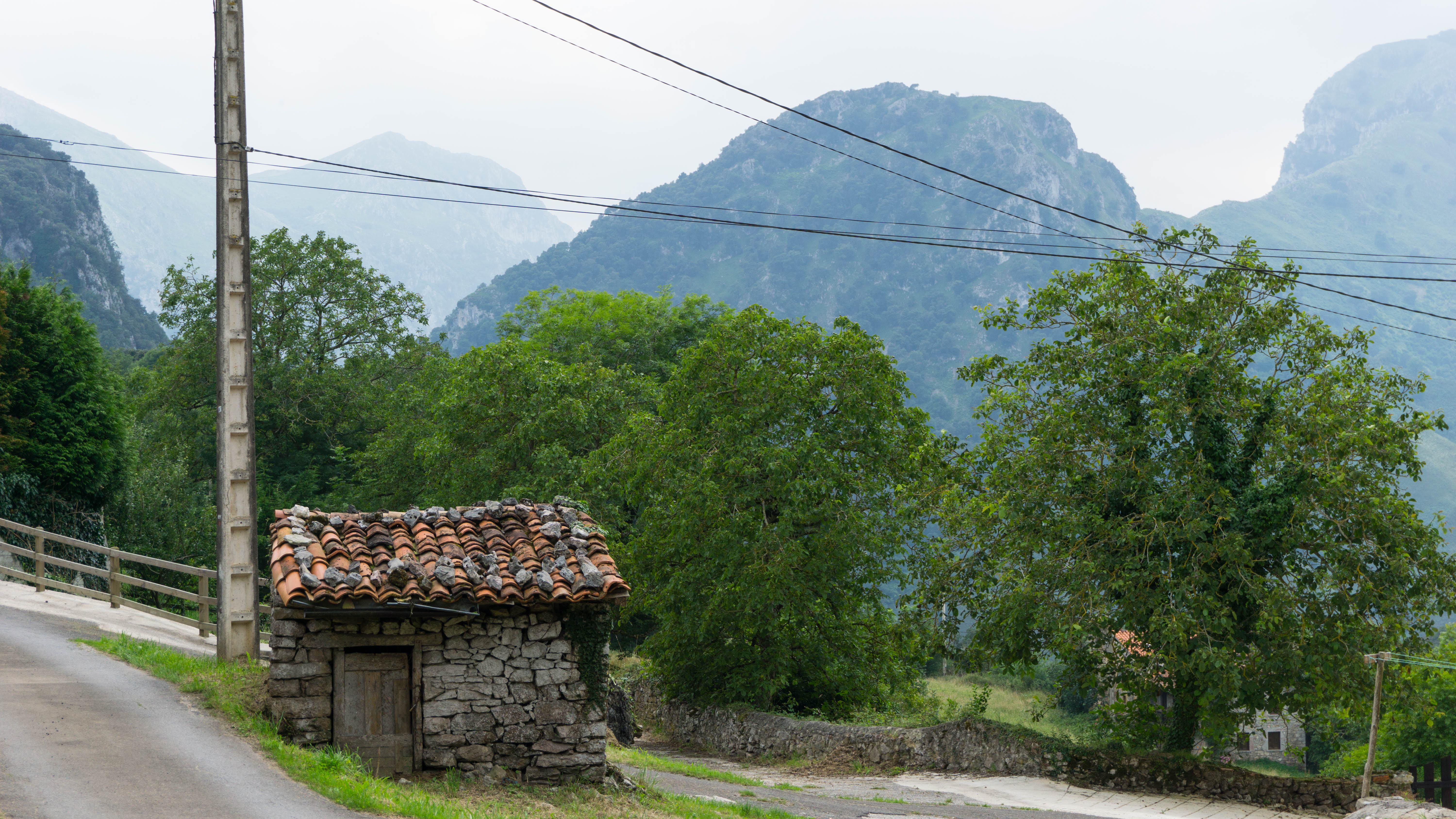

La modernidad es lo transitorio, lo fugitivo, lo contingente, la mitad del arte, cuya otra mitad es lo eterno y lo inmutable. Ha habido una modernidad para cada pintor antiguo; la mayor parte de los hermosos retratos que nos quedan de tiempos anteriores están vestidos con trajes de su época. Son perfectamente armoniosos, porque el traje, el peinado e incluso el gesto, la mirada y la sonrisa (cada época tiene su porte, su mirada y su sonrisa) forman un todo de una completa vitalidad. Este elemento transitorio, fugitivo, cuyas metamorfosis son tan frecuentes, no tienen el derecho de despreciado o de prescindir de él. Suprimiéndolo, caen forzosamente en el vacío de una belleza abstracta e indefinible, como la de la única mujer antes del primer pecado.
Charles Baudelaire, El pintor de la vida moderna.

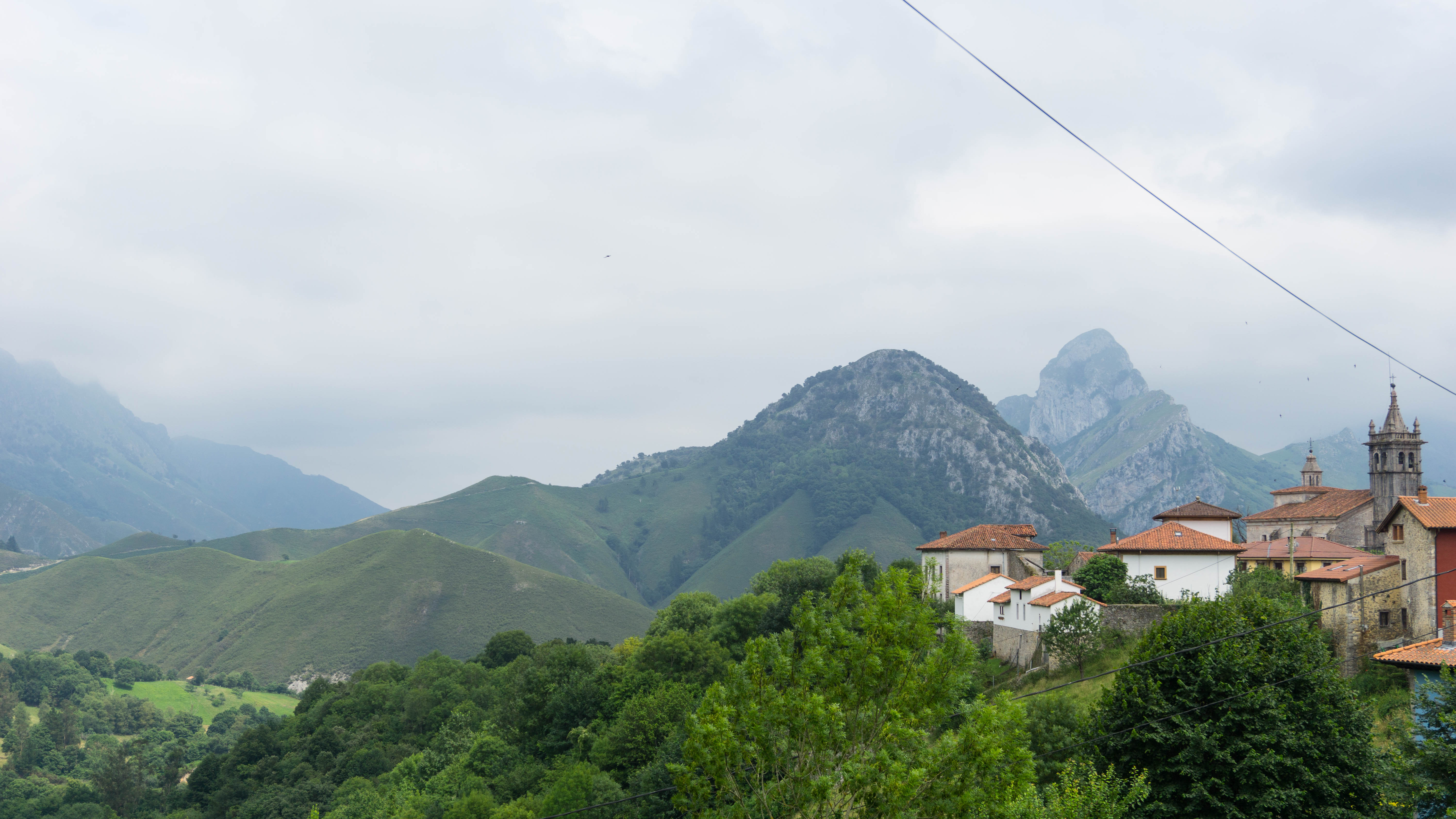
Sobre Alles escribió José Saro y Rojas en 1886: “Es Alles de lo más delicioso de Peñamellera Alta; frondosos castañedos, extensos praderíos, maizales vigorosos, acusan un suelo rico y feraz y deleitan la vista con la belleza inimitable del paisaje. Sorprende al viajero en aquellas soledades su hermosa iglesia, acaso la más bella de la zona oriental de Asturias, con una torre tan ligera y gallarda que es el encanto de cuantos la contemplan”.






